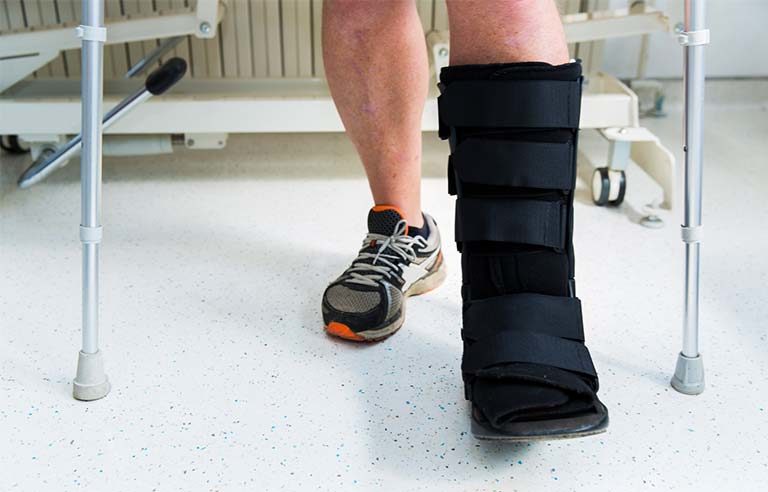Workers returning after hospitalizations often face issues away from the job: study

Ann Arbor, MI — Nearly 3 out of 5 workers who are hospitalized with traumatic injuries return to their jobs after being discharged, but many of them endure financial hardships and other issues, results of a recent study led by researchers from the University of Michigan show.
Using 2008-2017 data from the National Health Interview Survey, the researchers identified nearly 320,000 adult trauma patients whose injuries required hospitalization. The patients completed surveys, on average, about seven weeks after being discharge from the medical facility. Nearly 52% of the patients reported being employed at the time of their injury.
Of the employed patients, 58.9% of them had returned to work by the time they completed the survey. However, more than half had medical debt and around 25% didn’t seek additional medical care to save money. When compared with workers who weren’t injured, the patients were “more likely to experience food insecurity, physical disability, and difficulty affording and accessing health care,” a post on the UM Health Lab website notes.
The website adds that further investigation is needed “to discern racial and ethnic risk factors as well.” For instance, the researchers initially found that non-Hispanic Black patients returned to work at a lower rate than white patients, but that association “vanished” when adjustments were made for income, education and health insurance, “suggesting that issues of structural racism could be the source of disparity.”
| Sign up for Safety+Health's free monthly email newsletters and get the news that's important to you. |
Study co-author Pooja U. Neiman, a research fellow at UM’s Institute for Healthcare Policy and Innovation and a general surgery resident at Brigham and Women’s Hospital in Boston, said she and her colleagues “see this paper as an initial spotlight on the issue, but unanswered questions remain. More studies are needed to inform the end policy that best gets people back to work and financially whole after their injury.”
The study was published online in the Journal of Trauma and Acute Care Surgery.
Post a comment to this article
Safety+Health welcomes comments that promote respectful dialogue. Please stay on topic. Comments that contain personal attacks, profanity or abusive language – or those aggressively promoting products or services – will be removed. We reserve the right to determine which comments violate our comment policy. (Anonymous comments are welcome; merely skip the “name” field in the comment box. An email address is required but will not be included with your comment.)

